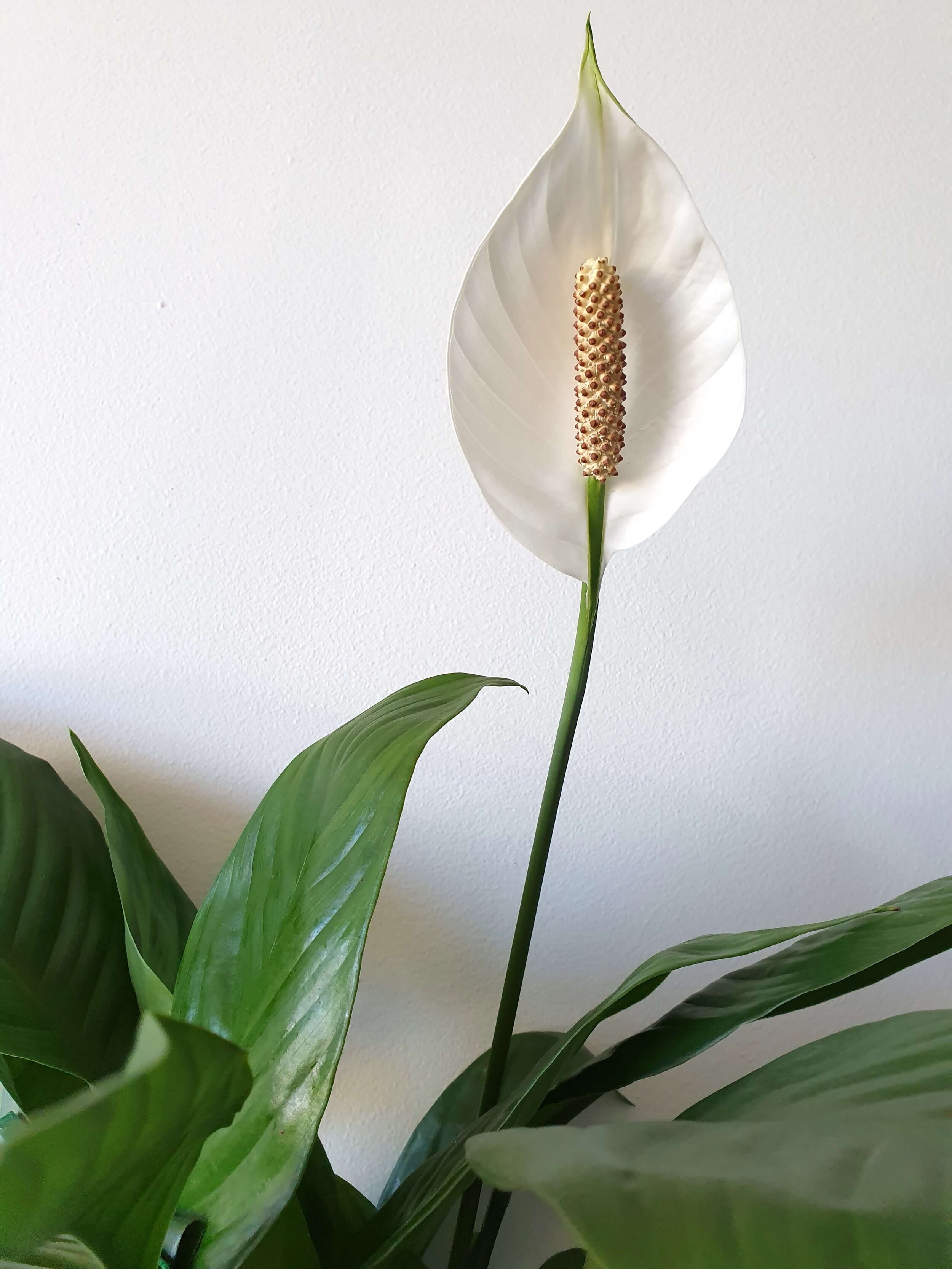Non-Toxic Plants for Pets and Kids
Maranta leuconeura Green
Peperomia Rana Verde
Many of us don’t just have plants, we also have families and fur babies and if there is one thing we know, it’s that kids and animals are curious! Sometimes that curiosity leads to tasting the world around them, and this can include our houseplants. While it’s important to make sure this is monitored, and many animals and children alike will grow out of it, its better to be on the safe side when they are exploring the greenery of our home with their mouths. Verdant Dwellings have therefore created a list of the safe plants that do not have toxic results and a few that are to be avoided completely.
There are many plants, even whole varieties, that are considered non-toxic. These plants can be put in your home without fear, as if eaten by little creatures it will taste a bit ordinary, but have no serious adverse effects.
Non- Toxic Indoor Plants
Chlorophytum comosum or Spider Plant, in both colours, curly and straight varieties
Nephrolepis exaltata or the Boston Fern
Adiantum or the Maidenhair Fern
Nephrolepis biserrata or the Macho Fern
Davallia fejeensis or the Hares Foot Fern
Asplenium nidus or the Birds Nest Fern
Calathea of all colours
Ctenanthe of all colours
Maranta leuconeura of all colours
Fatsia Japonica both green and spiderweb
Rhipsarlis or the Mistletoe Cactus
Peperomia of all types including the Obtusifolia, Jade Necklace, Ripple Leaves, Watermellon, Polybotrya etc.
Hoya of all colours
Chamaedorea elegans or the Parlor Palm
Aspidistra or the Cast Iron Plant
Sedum morganianum or the Donkeys Tails
Saxifraga of all colours
Haworthia of all colours
Tillandsia of all colours
Pilea including the Peperomioides
Tolmiea menziesii or Piggy Back Plant of all colours
Hypoesties or Polkadot Plant in all colours
Fittonia or Nerve Plant in all colours
Plectranthus or the Swedish Ivy in all colours
Soleirolia Soleirolii or Babies Tears
Hemigraphis or Red Flame Ivy
Norfolk Island Pine
Cissus Dicolor
Iresine Herbstii or Blood Leaf
Selaginella or Club Moss of all colours
Ludisia Discolor
Macodes Sanderiana
Aphelandra Zebra Plant and Snow White
Sweet Potato Vine
Calathea White Fusion
Pilea Cadierei
Fittonia Jade
Curly Spider Plant
“While it’s important to make sure this (leaf tasting) is monitored, and many animals and children alike will grow out of it, it’s better to be on the safe side when they are exploring the greenery of our home with their mouths.”
All other forms of TRUE Fern are non-toxic however it is important to remember that some plants that are not TRUE Ferns are still labelled as such. An example of this would be the Foxtail Fern which does not belong to the TRUE Fern family and is toxic.
It is also worth noting that a very popular variety of plant, the Monstera, is not toxic but can become so if consumed in large doses. Therefore a small nibble on a Deliciosa is nothing to worry about, however, if the animal or child continues to go back to the plant, or eats a large amount in one sitting, it can be an issue and medical advice should be sought.
Many plants constitute an irritant, whereby the consumer feels unwell and may vomit, however, there are some plants that are highly Toxic. These plants should not be consumed at all and if you have a family member who tends to do so, these plants are best avoided completely.
Toxic Indoor Plants
Dieffenbachia of all colours
Spathiphyllum of all varieties
Epipremnum Aureum of all colours
Scindapsus Pictus of all varieties
Philodendrons of all varieties
Sansevieria of all varieties
Zanzibar of all colours
Syngonium of all colours
Hedera Helix of all colours
Make sure if these plants are in your home, that they are out of reach of kids and pets. If you a looking for a new plant after a recent new pet or with a small child, it is best to avoid buying one of these until you are sure they will be left alone. Symptoms of eating toxic plants can range from vomiting and diarrhoea right up to swelling of the lips, tongue and mouth. Reactions can be so severe they can affect breathing and if not picked up on, can be fatal, especially for cats. It is worth noting that the Spathiphyllum or Peace Lily, although toxic, does not cause acute kidney failure in cats like other forms of Lily.
So now you can fill your home with plants without the worry and with such a large variety of non-toxic plants, you’re sure to find one or more to love. Happy plants and happy families, what could be better!
PLEASE NOTE: If you are concerned your Child or Animal has consumed a toxic plant, please seek immediate Medical Advice. Have the number for your States Poison Information Centre on hand as well as your local Vet. Alternatively, you can call the below numbers.
Australian Poisons Information Centre: 131 126
Australian Animal Poisons Hotline: 1300 869 738
Happy Growing!
Epipremnum Aureum ‘Snow Queen’
Spathiphyllum








